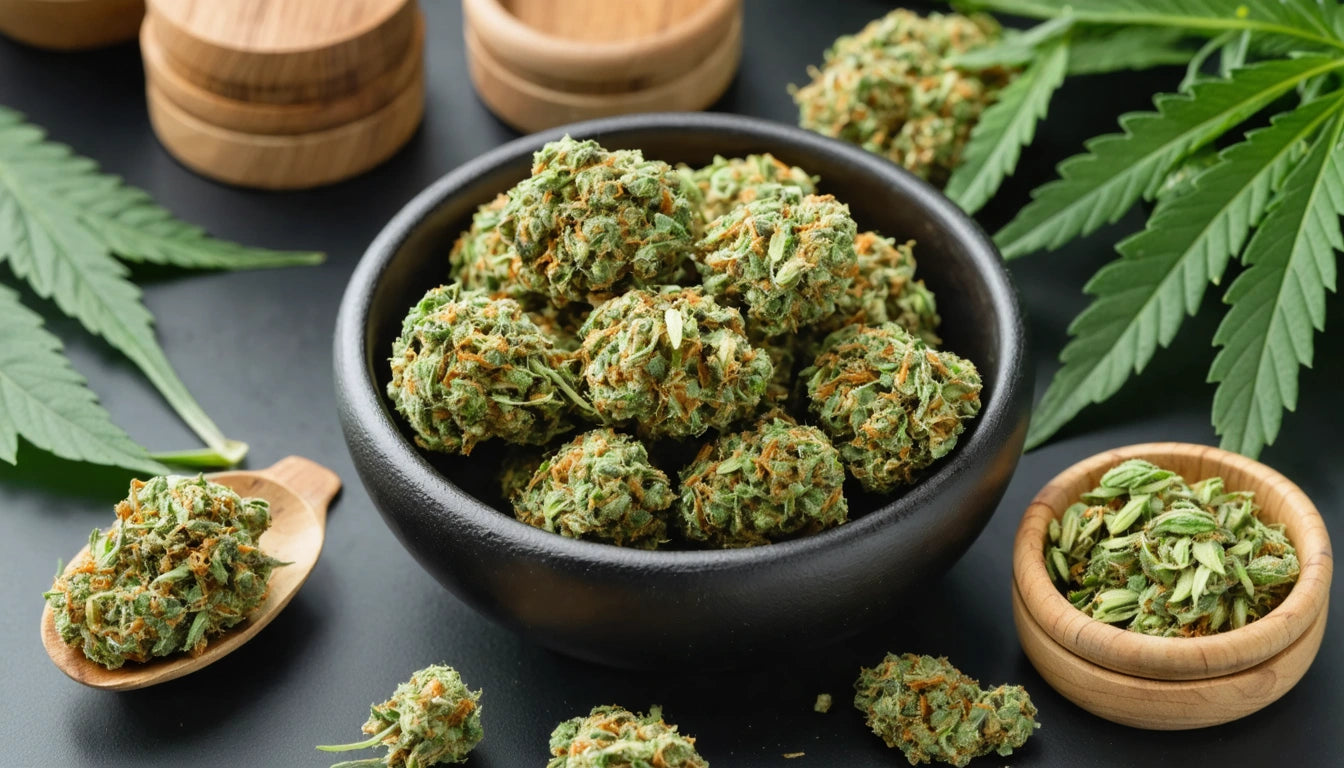Table of Contents
Creating effective labels for cannabis concentrates requires a delicate balance between regulatory compliance, brand identity, and consumer education. As concentrate products continue to gain market share, manufacturers must navigate complex labeling requirements while still producing visually appealing packaging that communicates essential product information.
Regulatory Requirements for Concentrate Labels
Concentrate labels must adhere to state-specific regulations that typically mandate inclusion of THC percentages, batch numbers, manufacturing dates, and warning statements. These requirements vary significantly by jurisdiction, as outlined in compliance standards for concentrate packaging.
All concentrate packaging must implement child-resistant features to prevent accidental ingestion. According to safety guidelines from consumer protection organizations, proper packaging should be significantly difficult for children under five years old to open while remaining accessible for adults. This safety standard is non-negotiable across all markets.
Essential Elements of Concentrate Label Design
Primary Label Components
- Product name and brand identity
- THC and CBD percentages (and other cannabinoids when applicable)
- Net weight/volume
- Batch/harvest identification
- Manufacturing and expiration dates
- Required warning statements
- QR codes linking to lab results
The label design must accommodate all these elements while maintaining readability. For small containers like concentrate jars made of glass or silicone, this presents a particular challenge that often requires creative solutions like accordion labels or external packaging.
THC Potency Display: Best Practices
Potency information is arguably the most scrutinized element on concentrate labels. Consumers make purchasing decisions largely based on THC percentages, so this information should be prominently displayed. Best practices include:
Clarity and Accuracy
Display THC percentages in bold, easy-to-read font. Include total THC content and activated THC when required by regulations. Avoid ambiguous terminology that could mislead consumers about potency levels.
Terpene Profiles
When space allows, include terpene percentages to provide a more complete picture of the product's effects and flavor profile. This information helps educate consumers about the entourage effect and encourages more sophisticated purchasing decisions beyond THC content alone.
For products like live resin where terpene preservation is a key selling point, highlighting this information can be particularly valuable, as noted in this comparison of packaging for different extract types.
Batch Information and Tracking Systems
Batch information serves both regulatory and consumer safety purposes. Effective batch tracking systems allow for:
- Quick identification in case of recalls
- Verification of product authenticity
- Tracking of production consistency
- Consumer confidence in product testing
Many brands now incorporate QR codes that link directly to batch-specific lab results, providing transparency about product testing. This practice builds consumer trust and simplifies compliance verification for regulators.
Batch Information and Tracking Systems
Batch information serves both regulatory and consumer safety purposes. Effective batch tracking systems allow for:
- Quick identification in case of recalls
- Verification of product authenticity
- Tracking of production consistency
- Consumer confidence in product testing
Many brands now incorporate QR codes that link directly to batch-specific lab results, providing transparency about product testing. This practice builds consumer trust and simplifies compliance verification for regulators.
Balancing Compliance and Brand Identity
While regulatory requirements can seem restrictive, creative label design can still effectively communicate brand identity. Custom printing techniques allow brands to stand out while maintaining compliance.
Color Coding and Visual Hierarchy
Implement a color coding system to differentiate product types or potency levels. This creates visual consistency across product lines and helps consumers quickly identify products. Establish a clear visual hierarchy that prioritizes required information while incorporating brand elements.
Material Selection
Label materials must withstand the sometimes sticky nature of concentrates and maintain legibility throughout the product's shelf life. Water-resistant and oil-resistant materials are essential, particularly for products like dabs, crumble, and wax that can leak or transfer onto packaging.
For environmentally conscious brands, eco-friendly label options include hemp-based papers and biodegradable adhesives that align with sustainability initiatives while still meeting durability requirements.
Future Innovations in Concentrate Labeling
The cannabis industry continues to evolve, and labeling technologies are advancing alongside it. Emerging trends include:
- Temperature-sensitive inks that indicate when products have been exposed to excessive heat
- Blockchain-based verification systems for enhanced authenticity tracking
- Augmented reality features accessed through smartphone apps that provide additional product information and education
- Integrated NFC chips that allow consumers to access digital content with a simple tap
These innovations not only enhance the consumer experience but also provide additional layers of compliance verification and product authentication. As the concentrate market matures, brands that invest in these advanced labeling technologies may gain competitive advantages through improved consumer trust and regulatory relationships.
Ultimately, successful concentrate labels achieve multiple objectives simultaneously: they satisfy regulatory requirements, communicate essential product information, protect children through proper safety features, and strengthen brand identity in a crowded marketplace.











Leave a comment
All comments are moderated before being published.
This site is protected by hCaptcha and the hCaptcha Privacy Policy and Terms of Service apply.